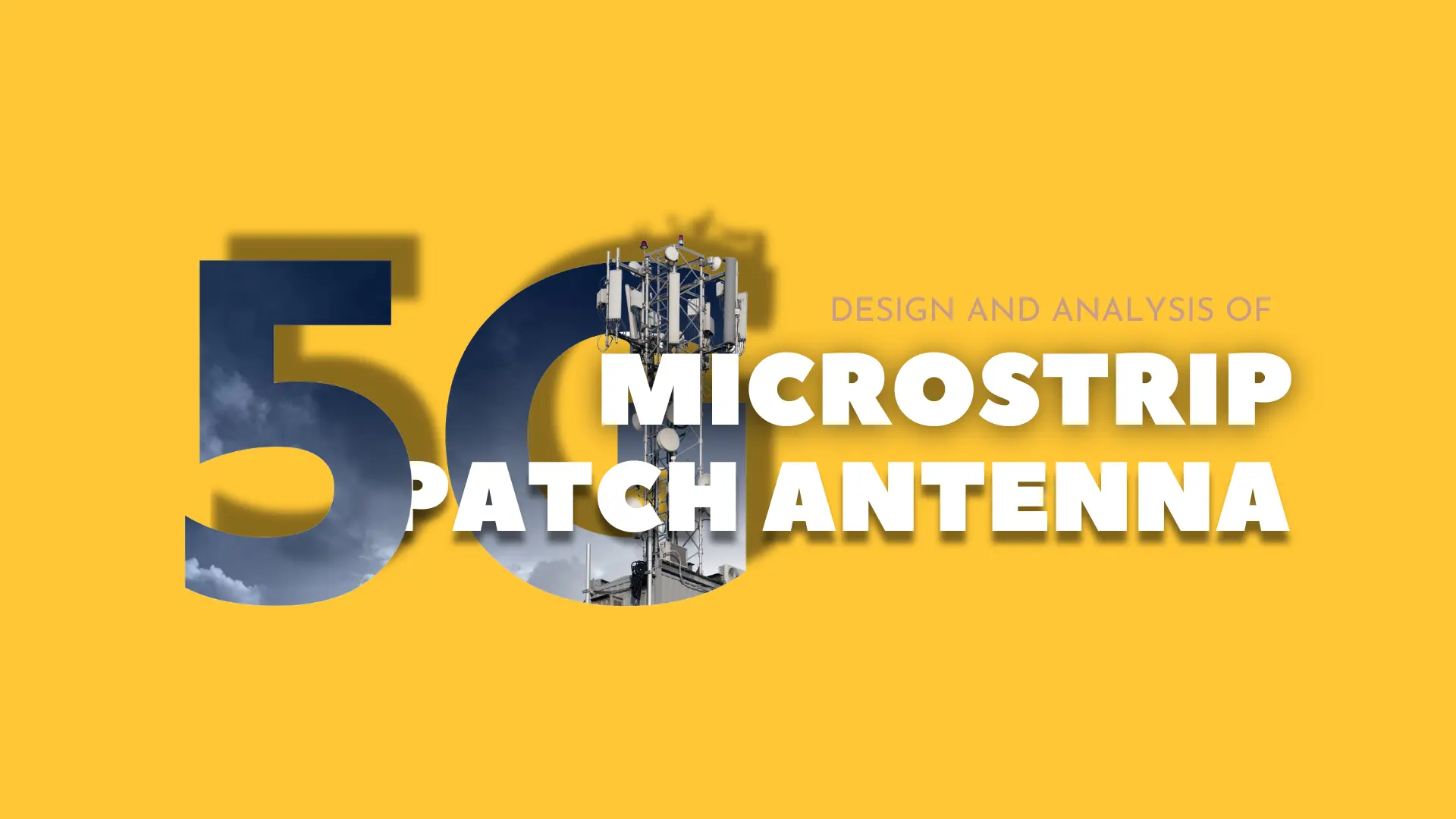The design and analysis of microstrip patch antennas for 5G wireless communication systems involves several steps. First, a suitable substrate material is selected, such as Rogers RT/Duroid5880, which has a dielectric constant of 2.2 and a thickness of 0.3451 mm. This substrate is suitable for 5G frequencies as it has low loss and high dielectric constant.
Next, the antenna is modeled and simulated using computer simulation software, such as CST Microwave Studio. This software enables efficient antenna design and performance analysis, including return loss, gain, radiation efficiency, and side-lobe level.
In the research case mentioned in the search results, the simulated microstrip patch antenna operating at 28 GHz achieved a return loss of -38.348 dB, gain of 8.198 dB, radiation efficiency of 77%, and side-lobe level of -18.3 dB. These results show that the antenna is capable of meeting the requirements for 5G wireless communication systems, which demand lower latency, greater transmission speed, and wider bandwidth.
Overall, the design and analysis of microstrip patch antennas for 5G wireless communication systems involves careful consideration of substrate materials, efficient simulation techniques, and performance optimization to meet the requirements of 5G networks.
Due to lower latency, greater transmission speed, wider bandwidth, and the possibility to connect with greater multiple devices, fifth-generation (5G) networks are far better than 4G. In this study, a microstrip patch antenna operating at 28 GHz is investigated and modeled for future 5G communication technologies. The substrate used in this work for the antenna is Rogers RT/Duroid5880. Dielectric of the substrate is 2.2 and thickness is 0.3451 mm. CST software is used to simulate the antenna as it is convenient to use. From the simulation, the return loss, gain, radiation efficiency, side-lobe level was found to be -38.348 dB, 8.198dB, 77%, and -18.3 dB respectively. The result found from this simulation is better than the works took place in the past. As a result, it can be utilized as a capable candidate for 5G wireless technology. The results of this proposed antenna are superior to those of existing antennas published in recent scientific journals. As a result, it’s likely that this antenna will meet the needs of 5G wireless communication systems.
Design and analysis of microstrip patch antenna for 5G wireless communication systems
Md. Sohel Rana, Md. Mostafizur Rahman Smieee
By: I. Busthomi





